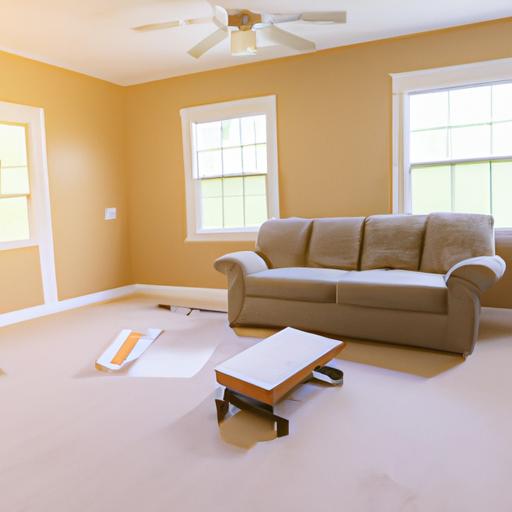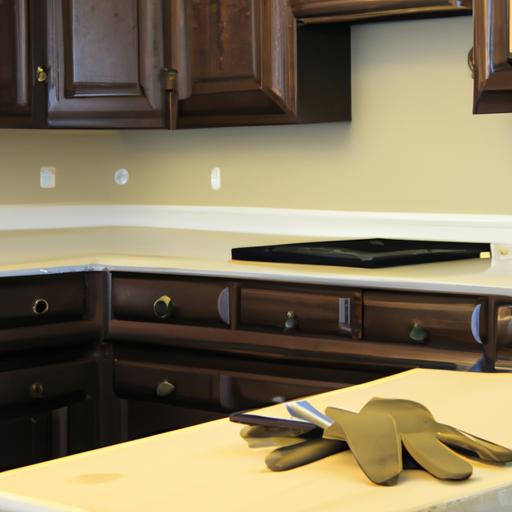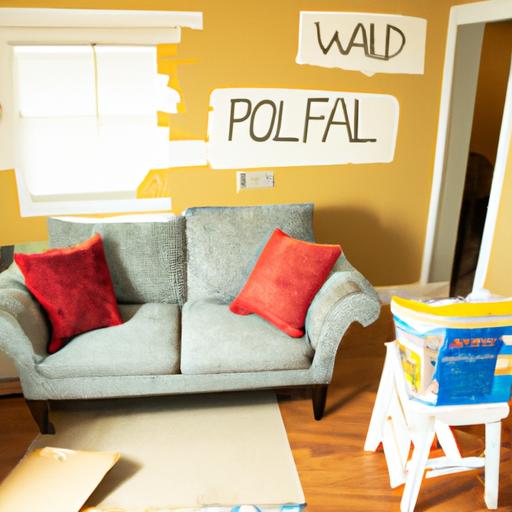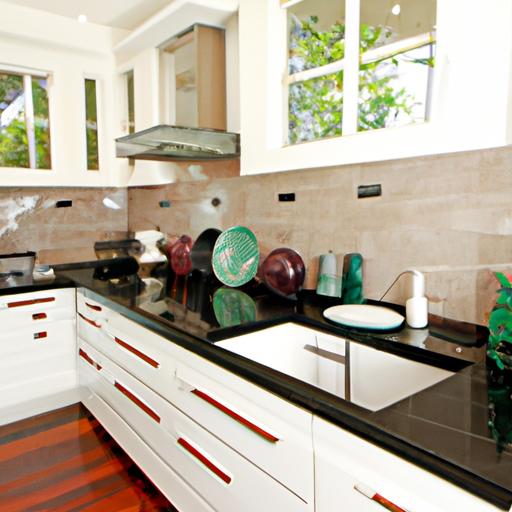Low Interest Loans for Home Improvement: Your Guide to Affordable Financing
Introduction
In today’s fast-paced world, where home renovations are a common endeavor, finding the right financial support can be a game-changer. low interest loans for home improvement offer a lifeline to homeowners looking to revamp their spaces without breaking the bank. But what exactly are these loans?
Low interest loans for home improvement are financial products specifically tailored to help individuals fund their renovation projects at favorable interest rates. Whether you’re dreaming of a kitchen makeover or a bathroom overhaul, these loans provide a cost-effective solution to transform your living space.
The importance of seeking affordable financing options for home renovations cannot be overstated. With the rising costs of materials and labor, securing a low interest loan can make all the difference in turning your renovation dreams into reality. These loans not only offer financial flexibility but also peace of mind, knowing that you’re investing in your home’s value without incurring exorbitant interest charges.
Embark on a journey to explore the benefits of low interest loans for home improvement and unlock the door to a world of possibilities for enhancing your living space.
Understanding Low Interest Loans
What Defines a Low Interest Rate for Loans
To grasp the concept of low interest loans for home improvement, it’s essential to understand what constitutes a favorable interest rate. Typically, a low interest rate is considered anything below the average market rate for loans. In the realm of home improvement financing, a lower interest rate translates to reduced overall costs, making your renovation project more affordable in the long run.
Comparing Interest Rates Across Loan Types
When delving into the world of low interest loans, it’s crucial to compare the interest rates offered by different types of loans. Personal loans, home equity loans, and home equity lines of credit (HELOCs) are common options for funding home renovations. Each loan type comes with its own interest rate structure, terms, and repayment options. By weighing the pros and cons of each loan type, you can determine which option best aligns with your financial goals and home improvement needs.
Qualifying for Low Interest Loans
Securing a low interest loan for home improvement hinges on meeting certain criteria set by lenders. Factors such as credit score, income stability, and debt-to-income ratio play a significant role in determining your eligibility for favorable interest rates. By proactively managing your finances and maintaining a good credit history, you can improve your chances of qualifying for a low interest loan and accessing affordable financing for your home improvement projects.
Types of Low Interest Loans for Home Improvement
Overview of Government-Backed Loan Programs
When embarking on a home improvement project, exploring government-backed loan programs can be a smart move. These programs, such as FHA Title 1 loans or VA renovation loans, offer competitive interest rates and favorable terms to eligible homeowners. By utilizing these programs, you can access funds for your renovation needs while benefiting from the backing of government support.
Comparison of Personal Loans, Home Equity Loans, and Home Equity Lines of Credit
Navigating the landscape of low interest loans for home improvement involves understanding the differences between personal loans, home equity loans, and home equity lines of credit. Personal loans provide a lump-sum amount for renovations, while home equity loans allow you to borrow against the equity in your home. On the other hand, home equity lines of credit offer a revolving line of credit based on your home’s equity. Each option has its unique features and eligibility criteria, so it’s essential to weigh the pros and cons before making a decision.
Pros and Cons of Each Type of Loan for Financing Home Improvement Projects
As you evaluate your financing options for home improvement projects, considering the pros and cons of each type of loan is crucial. Personal loans offer quick access to funds but may have higher interest rates. Home equity loans provide substantial amounts for larger renovations but require collateral. Home equity lines of credit offer flexibility in borrowing but come with variable interest rates. By understanding the advantages and limitations of each loan type, you can make an informed choice that aligns with your renovation goals and financial situation.
Factors to Consider When Choosing a Low Interest Loan
Importance of Researching Different Loan Options
When embarking on your home improvement journey, it’s crucial to explore the various loan options available to you. Conduct thorough research to compare interest rates, repayment terms, and eligibility criteria for different low interest loans. By understanding the range of choices, you can make an informed decision that aligns with your financial goals and renovation needs.
Understanding the Terms and Conditions of Low Interest Loans
Before committing to a low interest loan for home improvement, take the time to carefully review the terms and conditions outlined by the lender. Pay close attention to details such as the interest rate, repayment schedule, and any additional fees or charges associated with the loan. Clear comprehension of these terms will ensure transparency and prevent any surprises down the line.
How to Determine the Best Loan Option for Your Specific Home Improvement Needs
Every home renovation project is unique, and your financing solution should reflect that. Consider factors such as the scope of your renovation, budget constraints, and desired timeline when selecting a low interest loan. Evaluate how each loan option aligns with your specific home improvement needs to choose the best fit for your project.





